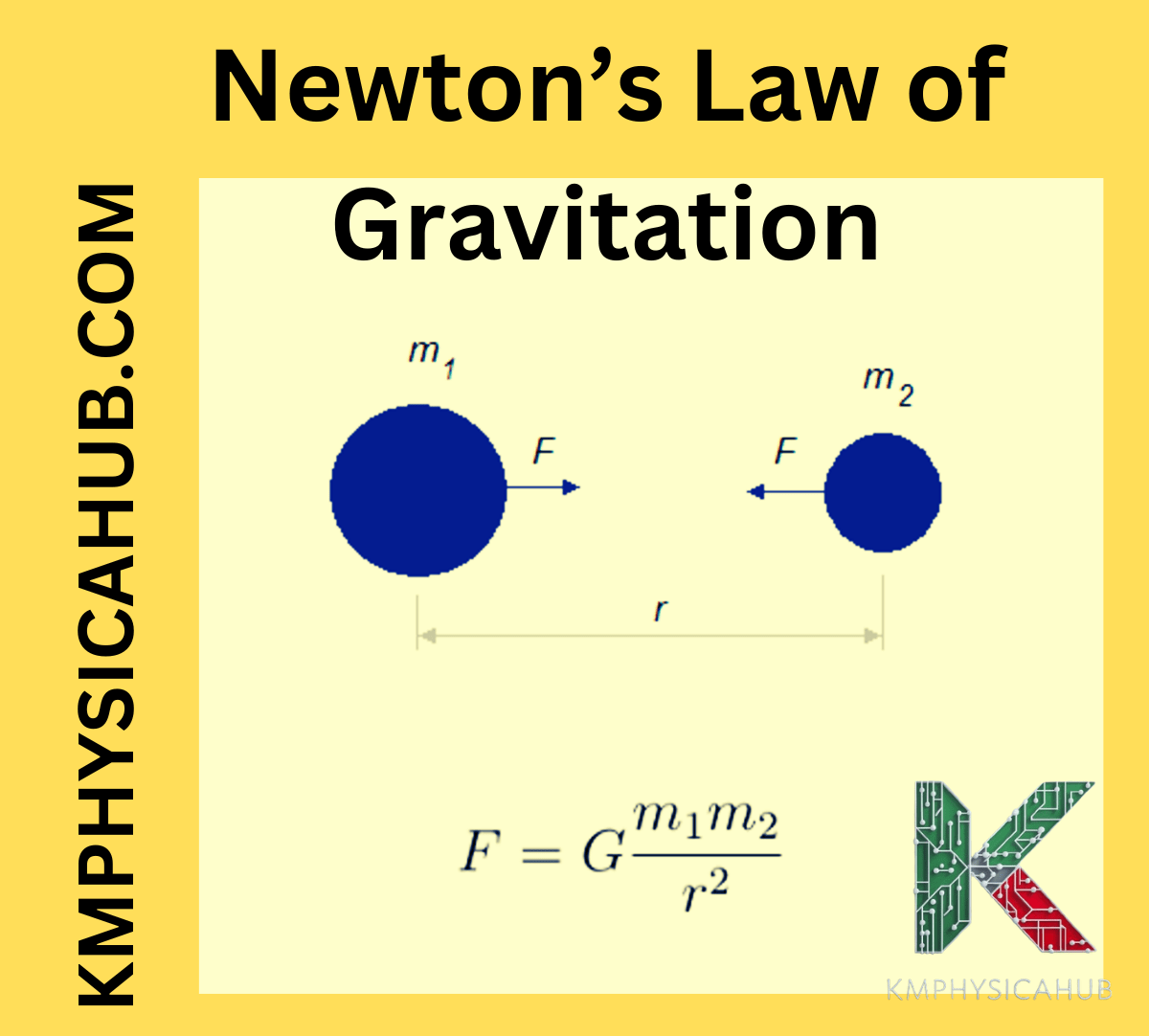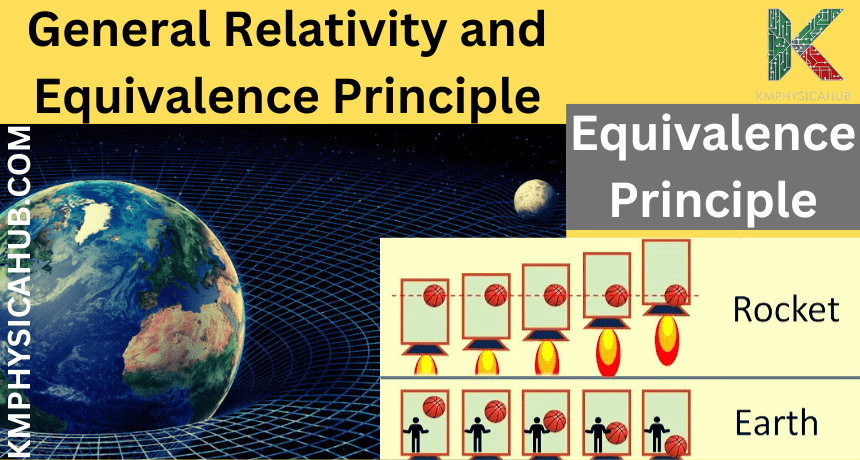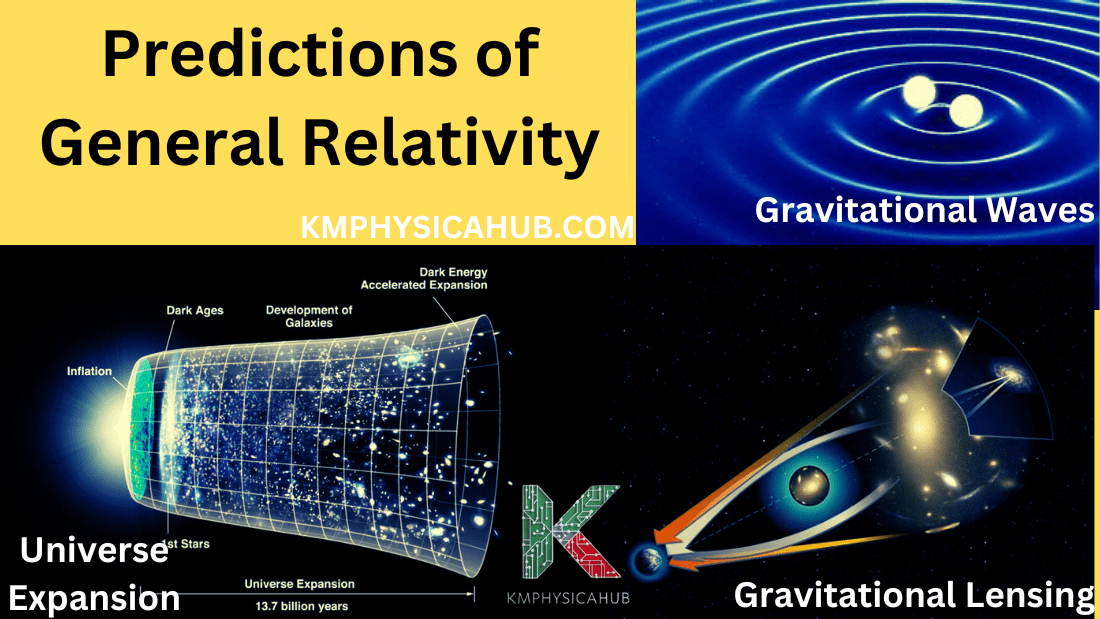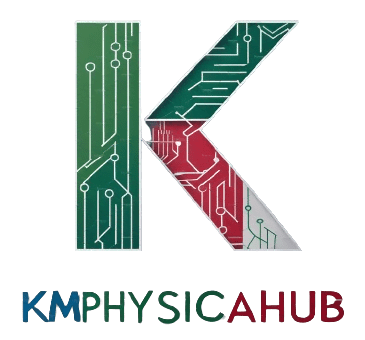From Newton to Einstein: Understanding the Evolution of Gravity Theories
The story of gravity is a tale of two giants: Newton and Einstein are scientists of great importance in physics. These two great and remarkable scientists who lived centuries apart not only advanced our knowledge of the force, gravity, that keeps all things on the earth, but also of all objects in the universe. Newton’s theory of universal gravitation was the second major contribution of Newton to the science of physics which established a firm foundation on which modern science could be built. Nevertheless, science gave another look at gravity through the modified Newtonian perspective with an ideology known as general relativity where gravity was no longer the force pulling objects towards one another, but the curved spacetime.
Isaac Newton: The Architect of Gravity
Sir Isaac Newton, (25 December 1643-20 March 1727) was an English physicist, mathematician, astronomer, and philosopher known for his monumental work in science especially physics. He has performed one of the most significant reformations in the field of science and physics and has formalized the theory of gravitation.
Newton’s mechanics excluded divine interference by proposing the existence of natural laws governing the universe, reducing the previously dominant, Aristotelian view to simple myths. His work did not only encompass the movements of body on the Earth’s surface but also of celestial bodies and clothes the cosmos into one blanket of principle.
The Law of Universal Gravitation
One of Newton’s greatest and most significant discoveries that has immense value to society is his law of universal gravitation. It defines the force of attraction that exists between any two objects that have mass. This force is known as gravitational force which is always a force that pulls objects towards each other along a line that passes through the two centers of gravity of the two objects.

Mathematical Formulation:
In simple mathematical terms, the force of gravity (F) between two objects is directly proportional to the product of the two masses (M1 and M2) of the objects and is in inverse relation to the square of the distance (r) between their centers. This can be expressed mathematically as:
F = G (m1 * m2) / r²
Where G is the gravitational constant, a fundamental constant of nature that has been experimentally determined to be approximately 6.674 × 10⁻¹¹ N⋅m²/kg².
Key Concepts:
Mass: The amount of stuff in an object. If an object has more stuff, it pulls other things towards it more strongly.
Distance: When things are farther apart, the pull between them gets weaker quickly. The extent of the pull decreases with increase in the space between bodies.
Gravitational Force: The force that pulls any two objects with stuff in them towards each other.
Applications of Newton’s Law
According to Newton’s theory on gravitation, the universe has a richer look that is often beyond human imagination. It helps us explain many things we observe:
Planetary Orbits:
According to Newton’s law of gravitation it is well understood why the planets orbit in ovals around the sun. Gravity also plays a role in how the Sun controls each planet, its motion, or the speed at which it will travel.
Tides:
Moon and Sun make Earth’s oceans move through pulling by gravity and this is known as tides. Moon’s influence is more pronounced as compared to sun; thus we have two high tides and two low tides within the day.
Motion of Projectiles:
With the help of Newton Laws of motion and the Universal Gravity Law, one can predict where objects will land when they are thrown up into the air (projectile motion). This is true for objects such as cannon balls or baseballs.
Satellite Motion:
Satellites remain in orbit around the Earth due to this force of gravity. The time taken for a satellite to orbit the Earth and altitude is dictated by flight speed and gravity acting on the satellite.

Limitations of Newton’s Theory
The gravity theory as postulated by Newton was able to account for many gravity incidences with a lot of precision. However, it had its drawbacks, but they will be covered in the following section. These weak points formed the basis for Einstein’s general relativity theory which offers a fuller and more accurate account of gravity.
Mercury’s Orbit Shift:
A major blind spot of Newton’s theory was inability to identify how Mercury’s path deviates. Mercury orbits around the sun in an oval shape which rolls over as time passes. Newton’s math could explain part of this turning. The part it couldn’t explain called the “perihelion shift,” became a big mystery for scientists to solve.
Strong Gravitational Fields:
Newton’s theory fails in very strong gravity areas, like those near black holes or neutron stars. In these extreme places, what Newton’s theory predicts doesn’t match what we see.
Speed of Gravity:
Newton’s theory postulates that gravity acts , which implies that objects experience the force immediately, irrespective of the distance between them. However, this clearly violates Einstein’s special relativity theory whereby nothing can travel faster than light.
Einstein’s Revolution: The Mystery of Gravity
Albert Einstein (1879-1955) was a German born theoretical physicist who had influences some of the most vital scientific theories across the world. He published several important works but the most popular is the theory of general relativity which affected the notions of gravity, space, time and the universe. In 1915 Einstein gave another drastic turn in our understanding of gravity through his General Relativity where gravity is not force between two objects but it is described by the fabric of space time. It altered the perspective and changed the way we look at the universe, and the discovery made paradigm shift in the perception of space-time and gravity.
The Principle of Equivalence
Equivalence principle is the core aspect of the general relativity theory put forward by Einstein; it relates mass to acceleration. This principle states that we cannot tell if an object is under the force of gravity or if it is in an accelerated state.

The Thought Experiment:
Picture yourself being in a closed room or in a confined environment. For instance, when sitting in the room which does not move from one place to another we sense the force which pulls us downwards known as gravitation. Suppose now the room is rising steadily at a fixed rate within the uniform gravitational field. In this case, there will be also a pressure in your back that would feel as a gravity of the Earth.
Implications:
Equivalence principle also imposes constraints, for instance, stating that gravity is not an actual force, but the geometry of space-time. And it is this warping of spacetime that is experienced as gravity.
Spacetime and Gravity
General relativity describes gravity as a curvature of spacetime, which is understood as space and time all blended into one four-dimensional fabric. Within this context, gravity is no longer a force whereby objects attract each other from a distance but a measure of the curvature of spacetime.
Curvature of Spacetime:
In general, the quantity of mass and energy curve space and time distorting how objects in the universe move. This means that the extent of curvature depends on the amount of mass that is in the form of the object.
Gravity as a Geometric Effect:
Imagine a heavy ball placed on a stretched sheet. The ball creates a dip in the sheet, causing smaller objects placed nearby to roll towards the ball. Similarly, massive objects in spacetime create a curvature that causes objects to move towards them, which we perceive as gravity.
Equations of General Relativity
Relativity is explained by a system of equations known as the Einstein field equations that represent a theory of general relativity developed by Einstein. In fact, these equations are of a highly non-linear nature and can only be solved using rather complex mathematical concepts.
The Equations’ Significance:
The Einstein field equations are mathematical equations that express how spacetime curvature varies with mass and energy distribution. They give a rigorous mathematical description for the force of gravity and its impact of portrayal the motion of objects and cosmos growth.
The Challenge of Solving the Equations:
However, in spite of their difficulty, the EFEs were very effective in giving a lot of explanation of various gravitational events. But finding these values can be very difficult and involves numerical tools as well as other computers or even supercomputers.
Predictions of General Relativity and their Verification
Einstein’s theory of general relativity has made several remarkable predictions that have been confirmed by observations and experiments:
Bending of Light by Gravity:
Einstein’s general relativity theory postulates that light too will follow the curve of gravity in a similar way as a straight light is bent around a large object. This prediction was first tested in the Eddington experiment in 1919, during a Solar Eclipse, to observe that starlight also gets bent as it encounters the vicinity of the Sun.
Gravitational Lensing:
Celestial bodies like galaxies and other large concentrations can bend the light as if it is a lens located within the foreground and modify the path of light from objects even behind the lensing structure. This leads to the creation of several observations of the same object, and this is further exaggerated by the lensing effect. This gravitational lensing also verifies the theory of general relativity.
Gravitational Waves:
Two of the primary trends in gravity theory, namely general relativity and quantum field theory, indicate gravitational waves – fluctuations in the spacetime fabric that travel at the speed of light. These waves come from objects moving across the Universe, like when two black holes collide or two neutron stars coalesce. Laser interferometer gravitational-wave observatory or LIGO for short was the instrument that made the first ever direct detection of what is deemed as gravitational waves back in 2015.
Expansion of the Universe:
The theory of general relativity also brings forth the concept of the universe expanding which as we know was proven by Edwin Hubble in the 1920s. This expansion is attributed to the warping of spacetime surrounding mass and energy in the universe.

Beyond General Relativity: Unified Theory
However, general relativity is not a complete theory despite the incredible achievement it has made. It fails to give a comprehensive account of the behavior of gravity at the sub-atomic level where quantum mechanics has influence. Moreover, does not get incorporated with other basic forces in the universe like electromagnetic force or even strong and weak nuclear force.
Quantum Gravity:
Scientists try to develop a theory that would connected quantum mechanics with general relativity to give a whole picture of gravity in the universe .
String Theory:
This theory is considered one of the most promising concepts of quantum gravity. This is the idea of strings, which suppose that the elementary particles are not point-like but are tiny vibrating strings.
Loop Quantum Gravity:
Another confident approach is loop quantization which seems to directly quantize the spacetime instead of quantizing gravity as a force on matter.
Conclusion:
Gravity has been one of those concepts that have been evolved through time, research, and human wisdom. Beginning with Newton’s discoveries down to Einstein’s remarkable ideas concerning gravity, our knowledge of this force has changed the way we visualize the cosmos and our existence. Newton’s laws of motion and his law of gravitation gave a conceptual anchor for originating motion on Earth and the celestial spheres in the sky. This truly was spectacular as his work paved the way for modern physics and still influences today’s scientists.
The revolutionary theory called general relativity has become a new paradigm in describing the gravity and the universe. It has given deep understanding of what space and time are, what gravity is, and it remains a pillar of the current theoretical physics. Einstein’s work on General Relativity is still a work in progress and we look forward to discover a unifying force in future as scientists around the globe keep on exploring the universe in search of physics’ secrets.
FAQs
Q1: State the law of gravitation?
A: It says that every body in the universe has an influence on every other body throughout the universe and this influence is directly proportional to the product of the masses of the two bodies concerned and inversely proportional to the square of the distance between their centers.
Q2: Write three applications of Newton’s theory?
A:
- Calculating planetary orbits.
- Designing bridges and buildings.
- Predicting projectile trajectories.
Q3: Write the limitations of Newton’s theory of gravitation?
A: It can’t explain gravitation at such circumstances like close to black holes or objects in very high velocities. This theory doesn’t take into consideration spacetime curving.
Q4: What is theory of general relativity?
A: It refers to gravity as a warping of space and time due to presence of matter and energy.
Q5: Write three applications of Einstein’s theory?
A:
- Explaining black holes.
- Expansion of the universe.
- Bending of light around massive objects.
Q6: What is the difference between Newton’s and Einstein’s theory of gravity?
A: Newton’s law of universal gravitation saw gravity as a force that acted at distance; on the other hand, Einstein’s general relativity saw gravity as a geometric property of space and time.
